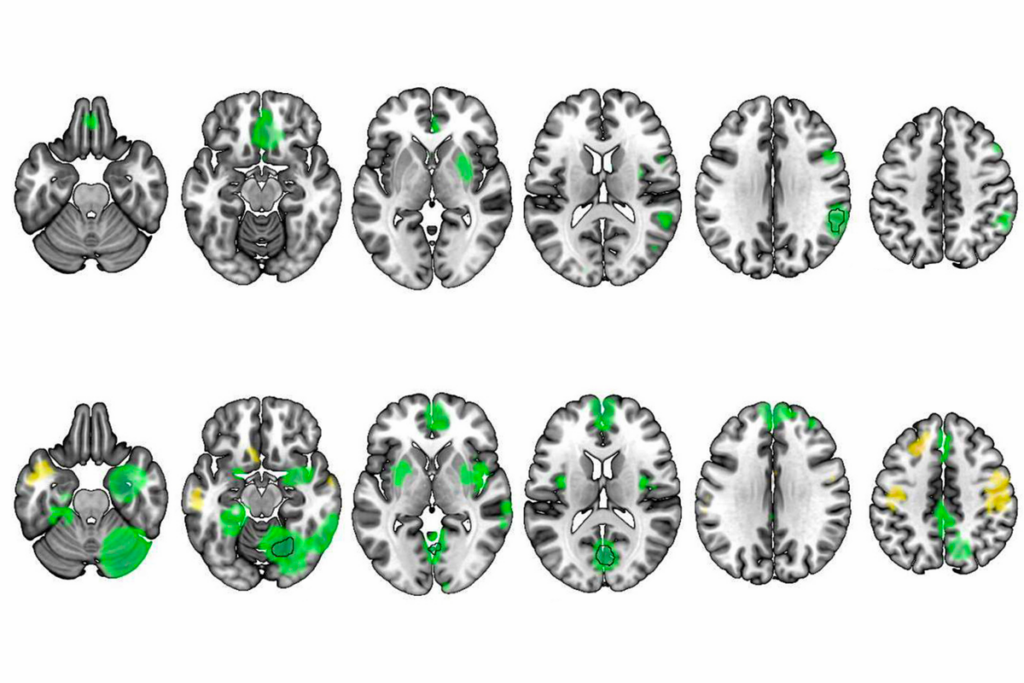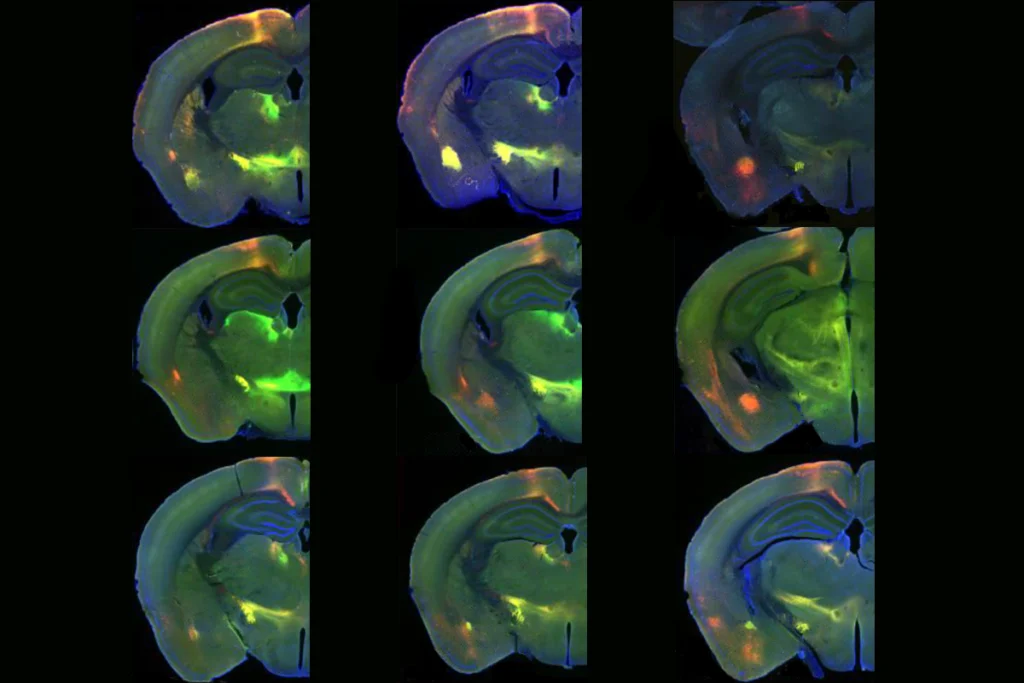Landscape of chemical tags paves way for autism studies
In a feat that unites findings from 2,800 experiments in more than 100 types of cells, researchers have mapped the human epigenome — the many layers of code that turn genes on or off.
It’s been 12 years since researchers sequenced the human genome, unearthing an estimated 20,000 genes. Now, in a feat that unites findings from 2,800 experiments in more than 100 types of cells, researchers have mapped the human epigenome — the many layers of code that turn these genes on or off.
The results, described 19 February in Nature, look beyond the 2 percent of the genome that spells out genes to the intricate patterns of chemical tags that control their expression1. These ‘epigenomic’ changes are what distinguish brain tissue from skin and other organs, for example, and guide the genesis of an entire individual from a single cell.
”It’s an incredibly exciting time to be dissecting the circuitry of human disease.”
“For the first decade after sequencing the human genome we went after mapping genetic loci, and now we have thousands, but we don’t understand the mechanism by which they act,” says lead researcher Manolis Kellis, professor of computer science at the Massachusetts Institute of Technology. “Now we’re switching from finding these loci to actually dissecting them and figuring out their mechanism.”
Kellis’ study is one of 21papers published together from the Roadmap Epigenomics Project. The full set of findings may be particularly useful for autism researchers, as studies from the past few years have revealed a slew of mutations in genes that trigger or maintain epigenetic tags on DNA.
“We really need a baseline; we need a blueprint,” says Hongjun Song, professor of neurology at John Hopkins School of Medicine in Baltimore, who was not involved with the study. “This provides a foundation for people to see what’s wrong [in autism].”
Annotated map:
The study builds on previous attempts to map the epigenome by looking at a range of tissues, including eight regions of adult brain tissue, male and female fetal brains and stem cells in the earliest stages of development.
Having a map specific to brain tissue is especially useful for studying neurodevelopmental disorders such as autism, says Janine LaSalle, professor of medical microbiology and immunology at the University of California, Davis, who was not involved with the study.
“Neurons use a lot of different parts of the genome than other cell types do,” says LaSalle.
Researchers should next drill down into the many types of neurons and support cells in the brain, experts say.
The findings may also aid autism research by revealing the role of mutations that fall outside the coding regions of the genome. Many ‘common variants’ — genetic blips seen in more than 5 percent of the population — sit in noncoding sequences of DNA, making it difficult to interpret their importance.
The researchers looked at the 111 epigenetic maps for different cell types to see whether common variants associated with 58 different traits fall into active genomic regions. Most of the results were as expected: Variants linked to attention deficit hyperactivity disorder tend to be in regions that are active in brain tissue, for example. But in the case of Alzheimer’s disease, the variants mostly disrupt epigenetic patterns in immune cells, indicating that the immune system may be involved in the disorder.
In one of the companion studies published in Nature, researchers showed that genetic variants may affect epigenetic tags on only one chromosome2. They estimate that 20 percent of genes may show different levels of expression on the maternal and paternal chromosomes.
This flies in the face of conventional thinking, which assumes that both copies of most genes in an individual are expressed equally. It is also particularly relevant to autism, in which mutations tend to affect only one gene copy.
“This tells us that we can’t take an individual as an individual; we have to think of them as a combination of two parents,” says Kellis.
The finding also showcases the type of surprise that emerges when looking beyond the genetic code.
“It’s an incredibly exciting time to be dissecting the circuitry of human disease,” Kellis says. “We now have very specific hypotheses and we can go out and launch research projects to test them.”
References:
1: Roadmap Epigenomics Consortium et al. Nature 518, 317-330 (2015) PubMed
2: Leung D. et al. Nature 518, 350-354 (2015) PubMed
Recommended reading

Autism traits, mental health conditions interact in sex-dependent ways in early development

New tool may help untangle downstream effects of autism-linked genes

NIH neurodevelopmental assessment system now available as iPad app
Explore more from The Transmitter

BCL11A-related intellectual developmental disorder; intervention dosage; gray-matter volume

Emotional dysregulation; NMDA receptor variation; frank autism
